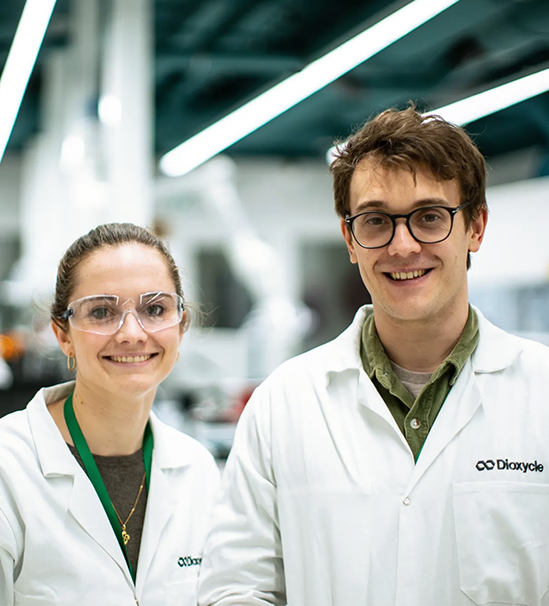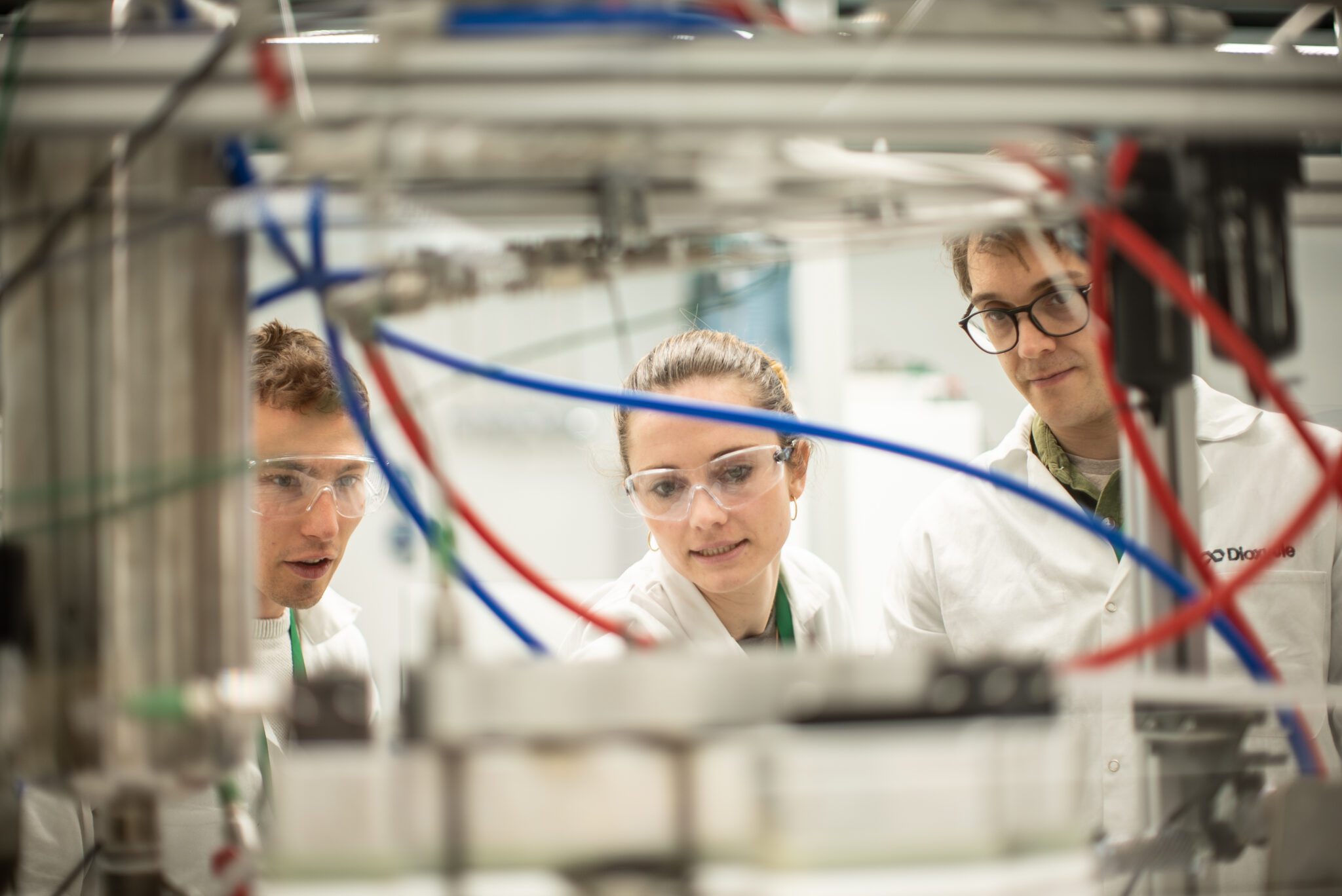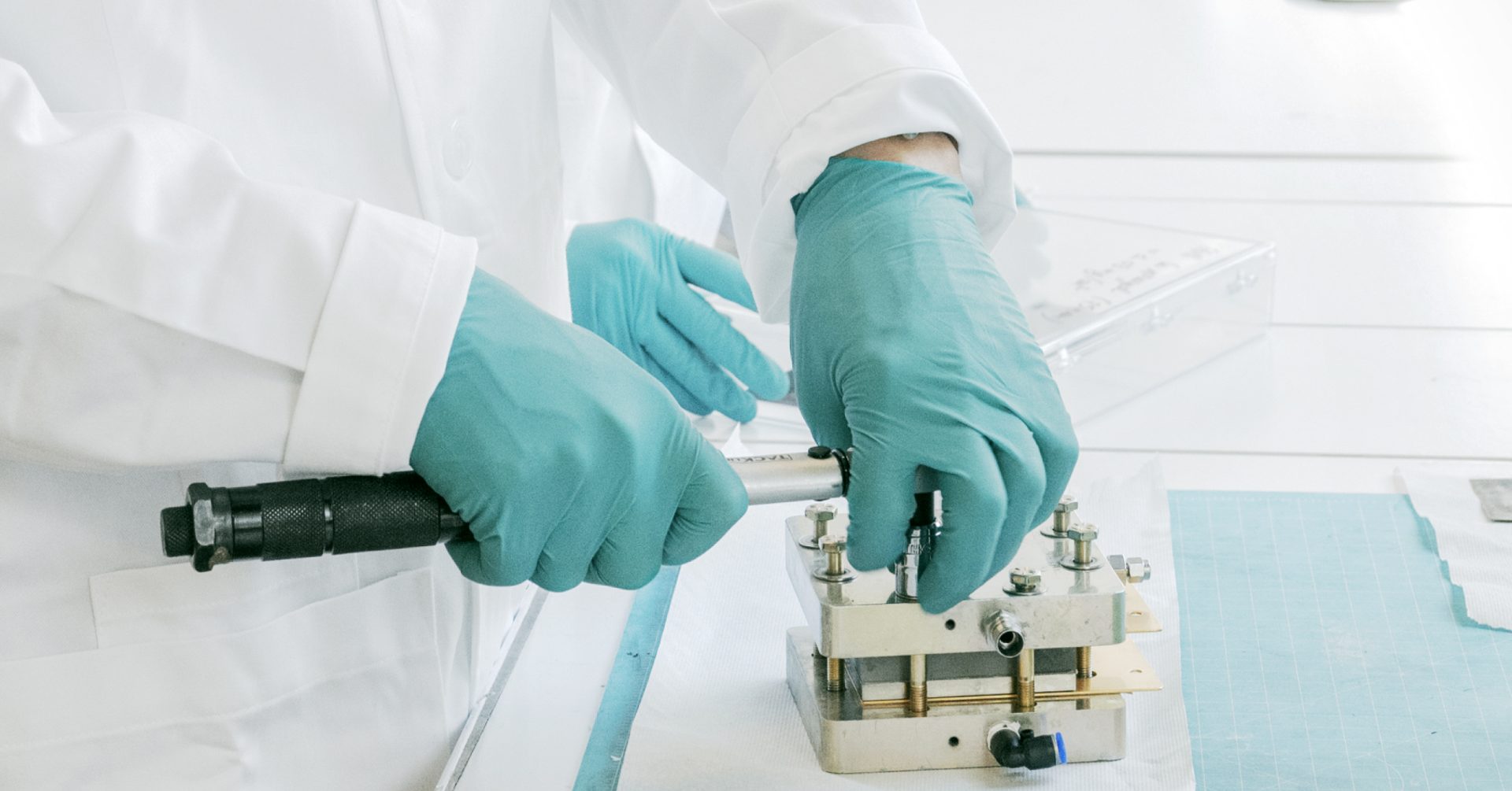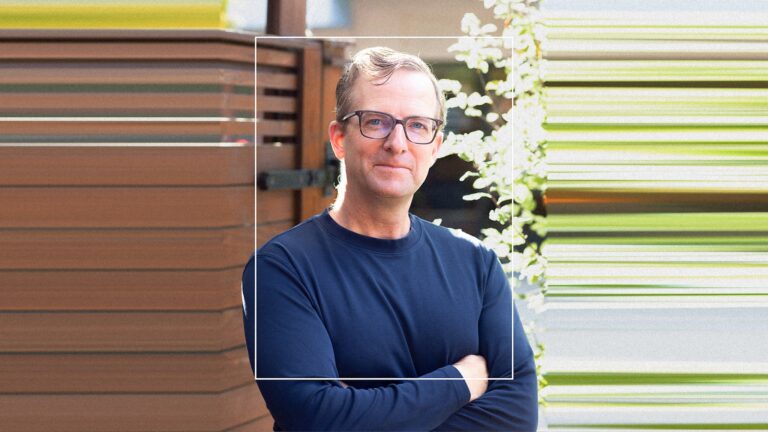
Profiles
The Molecular Architects Turning Emissions into Everyday Products
Sarah Lamaison and David Wakerley are cleaning up the $238 billion ethylene industry, a building block for countless everyday items. Their company, Dioxycle, turns carbon emissions into cheaper, cleaner ethylene using renewable electricity. This breakthrough can slash annual emissions by 800 million tons—over 2% of the world's total—while reimagining factories as climate solutions rather than polluters.
Jun 22
How Dioxycle is Removing the “Petro” from Petrochemicals
In the labs of Cambridge and Stanford, Sarah Lamaison and David Wakerley faced a challenge many deemed impossible. They aimed to produce a commodity without fossil fuels, massive emissions, or charging a premium. To grasp Dioxycle’s unique ambition, you have to go back to the beginning.
In northern France, a young Sarah surfed and often helped clean up plastic debris that washed up on shore. This exposure to pollution sparked a curiosity about creating the everyday things modern society needs without harming the environment. Meanwhile, in a quiet British town across the English Channel, David Wakerley had a different environmental awareness. “From a young age, I hated pollution,” David chuckles. “In grade school, I remember other kids signing cheerful messages on their end-of-year cards. I jotted ‘I want to stop pollution’ on mine. Although I admit the terrible drawing of a giraffe beside it slightly dampened the profundity of the message.”

Eventually, the two scientists met at Cambridge University. They bonded over a shared goal: applying electrolysis technology to petrochemicals, a notoriously hard sector to decarbonize. Their first focus would be creating sustainable ethylene, a fundamental chemical industry building block. “Ethylene is everywhere, even though most people have never heard of it,” Sarah explains. “It’s used to manufacture various items—from clothing to car parts to the building materials in our homes. Today, production relies entirely on fossil fuels and is incredibly emissions-intensive.”
Invisible Building Blocks for the Modern World
The chemical sector is the largest industrial energy consumer and third-largest source of direct CO₂ emissions per the IEA. This is due to a reliance on fossil fuels at every step of production. Traditionally, ethylene production involves “cracking,” where virgin hydrocarbons are heated to around 850°C in the presence of steam. This process breaks down hydrocarbons into smaller molecules. It’s highly polluting and releases 1-2 tons of CO₂ per ton of ethylene produced.
The global ethylene market, projected to reach $238.39 billion by 2032, emits nearly 1 billion tons of CO₂ annually. Growing 5% annually, ethlyene could surpass aviation emissions. Cleaning up emissions is urgent, but manufacturers can’t afford green premiums. “We’re pragmatic,” Sarah emphasizes. “To have a sizable impact, we must clean up major commodities. The only way to trigger decarbonization in such price-sensitive markets is by offering a cheaper green alternative.”
A Laser Focus on Cutting Costs
From day one, Dioxycle focused on price as the core design constraint. This led to developing a breakthrough technology that enables the most energy-efficient process to produce ethylene. Oil companies, seeking to expand their chemical businesses as the world shifts towards renewable energy, currently dominate this market. By displacing fossil fuels, Dioxycle can offer a clean alternative that costs the same or is cheaper. This positions then company well to compete on price while also helping their customers insulate themselves from volatile oil markets.
However, achieving this breakthrough was not without its challenges. David, reflecting on the company’s journey, notes, “The early days were challenging. There was a lot of skepticism. We weren’t just trying to make cleaner ethylene. We were trying to make cost-competitive, cleaner ethylene. People said it couldn’t be done, yet we knew electrolysis was the only technology to free us from fossil-fuel dependence. It’s the only technology that enables us to build the chemicals we need from sustainable feedstocks and renewable electricity.”
Creating Value from Carbon Emissions
The company’s first-of-its-kind electrolyzer acts like a molecular architect. The unit takes in carbon emissions, captured at a factory or pulled from the air, and re-energizes it with electricity. This rearranges the atoms to form new bonds and construct ethylene. Their approach, which builds from the molecule up, starkly contrasts traditional methods that break materials down. The modular electrolyzer units can be mass-produced and easily integrated into existing plants. This translates to Dioxycle not needing to reach a massive scale for the math to work.
Sarah notes growing support from long-established industry partners for their innovative approach. “We’re getting green lights from people who have been operating at scale for decades, if not a century. Companies have tried to disrupt this market from different angles, not always for sustainability, and it was tough. Now, there’s real interest in a product like ours because it’s low energy, low cost, and low carbon.”

Factories Without the Smokestack
Many ideas for turning air into goods fall short due to high costs that don’t align with market realities. Instead, Sarah and David embraced cost to advance innovation in a long-stagnant industry. They’ve now harnessed cheap, clean energy to turn waste into a valuable product, reframing carbon as an asset for chemical manufacturers.
As they look to the future, Sarah and David see their technology as a template for transforming other processes. “We aim to set a standard with ethylene, showing sustainable production is possible for other products in the chemical sector. This shows what’s possible for other products in the $5 trillion chemical sector,” Sarah notes.
By de-fossilizing ethylene production, Dioxycle aims to reduce CO2 emissions by 800 million tons annually, over 2% of the global total. Their achievement makes clean products possible and shows a path toward a world where factories don’t pollute the air but are part of the solution to clean it up. This pragmatic approach delivers a future that isn’t simple aspirational, it’s achievable.
Featured Posts

News
Dioxycle Announces $17 Million Raise for Its Electrolyzer that Turns CO2 into Ethylene on TechCrunchcall_made
Jul 26, 2023
News
Podcast With Dioxycle: A Sustainable Twist On Carbon Emissionscall_made
Apr 9

News
Schrep Discusses the Green Discount on Fast Companycall_made
Oct 5, 2023